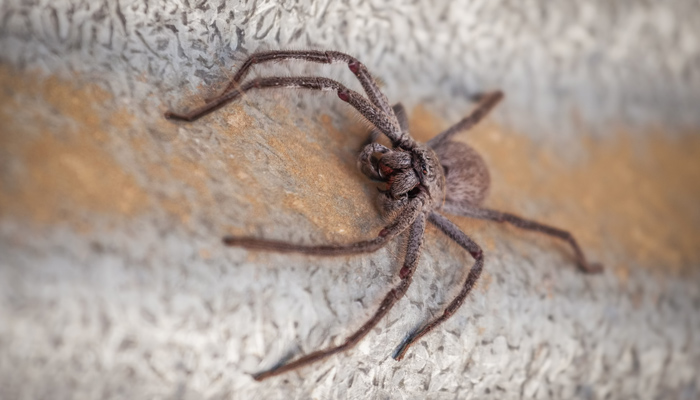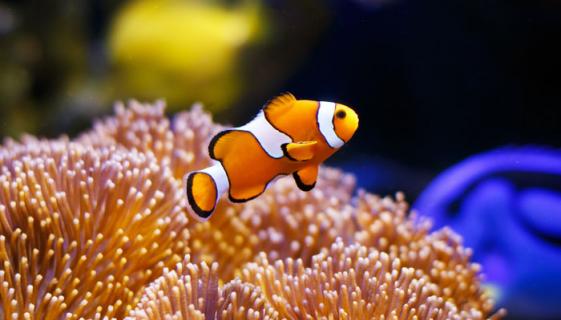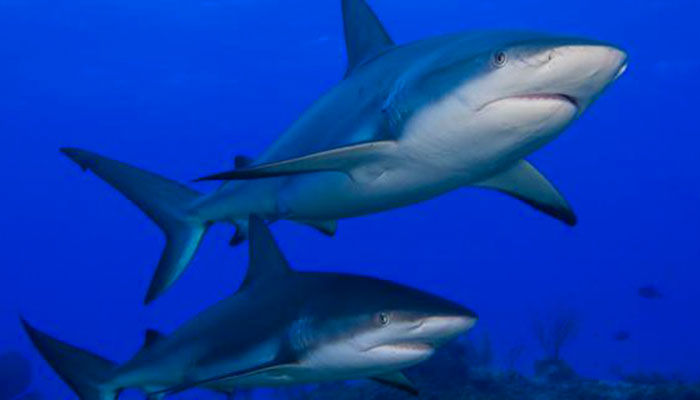Chances are pretty high you’ve walked along a beach, especially in Australia, and picked up a shell. Maybe you’ve kept the shell (my apartment is littered with shells from all over the country as an extreme example) or maybe you’ve tossed it back in the sand.
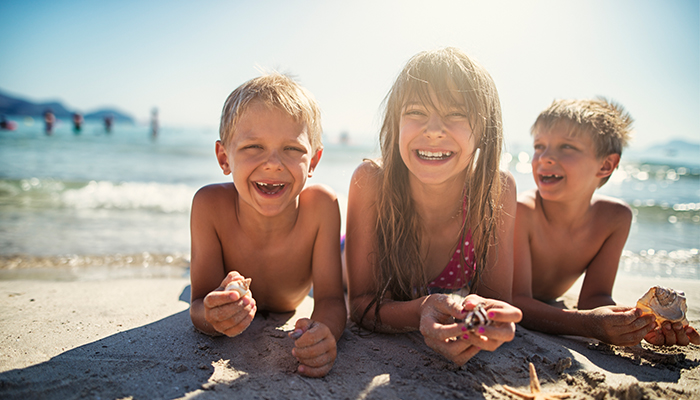
Seashells on the sea shore: You might think twice about where a shell comes from next time you pick one up on the beach.
What you’ve actually done is handle the beautiful hard part of a recently dead animal that probably lived nearby in the sand!
The majority of shells found on beaches around the world are the remains of a large group of animals called molluscs.
Shells are an important part of the beach ecosystem and how they look can tell us a lot about the state of the environment they lived in. Next time you pick up a shell, think about the living animal that formed it!
They are the second most diverse animal group on Earth (and the most diverse in the oceans) and comprise a cast of “cephalopods” (octopus and squid), “gastropods” (snails, slugs and limpets), “bivalves” (animals that have two identical parts to their shell, like scallops and mussels) and a few other smaller groups.
Most shells are from the gastropods and the bivalves, which build a shell from calcium carbonate (CaCO3) around their soft bodies primarily for protection. The mantle – the name for the soft part of the animal – secretes a variety of sugars and proteins that control precipitation of the minerals.

Washed up: Palm Beach in the Northern Beaches region of Sydney contains hundreds of small shells in every square metre of sand.
Different shells secrete these in different ways – most snails form their shells from a pit in the mantle, whereas bivalves do so from a groove along the animal. These small changes will change the overall shape of the shell and generate the diversity that we see now.
As the animal gets bigger we can see the formation of growth lines on the outside of the shell (see image), which we use in research to estimate ages of individuals and the quality of the environment (much like tree rings).
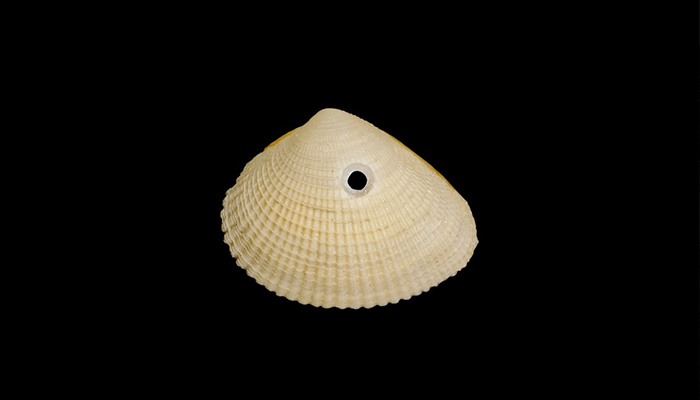
Elaborate patterns: The shell of Chioneryx cardioides, showing growth lines and ornamentation formed during shell secretion. The small hole in the top-middle is a predation mark made by a Naticid snail. Picture credit: Kat Perry.
But what about colour? Natural calcium carbonate is white, but that wouldn’t look good on a shelf or on a holiday Instagram post. There are a bunch of theories regarding shell colour – most revolve around diet.
Different nutrients in the food will add inclusions into the minerals and cause a colour change. Tropical species may be much brighter for this reason. Internal colour is likely structural – with different materials such as nacre (which is what pearls are made from) being used to help protect the inside of the animal from parasites.
Shells are an important part of the beach ecosystem and how they look can tell us a lot about the state of the environment they lived in. Next time you pick up a shell, think about the living animal that formed it!

